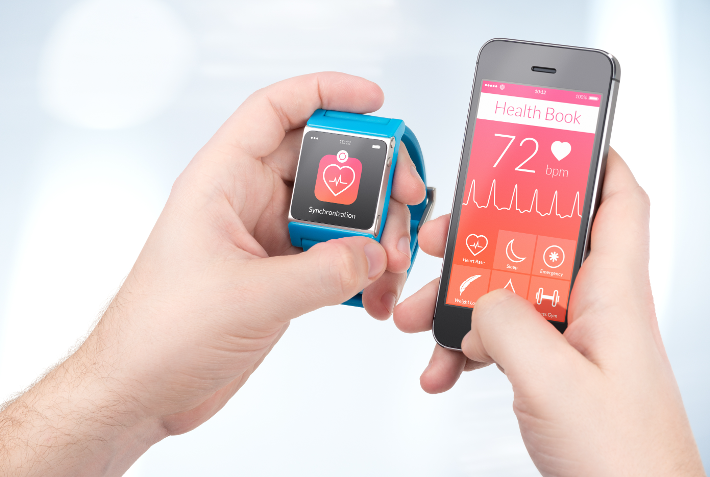
Genomics and Health: Understanding Your DNA for Better Health.
Augmented Reality (AR) glasses represent a groundbreaking advancement in wearable technology, offering users immersive, interactive experiences that blend the physical and digital worlds. In this article, we'll explore the potential of AR glasses, their applications across various industries, and the impact they may have on the future of wearable tech.

One of the key features of AR glasses is their ability to provide contextually relevant information and guidance in real-time, empowering users with instant access to valuable data, instructions, and insights. For example, in industrial settings, AR glasses can display schematics, diagrams, and instructions overlaid onto machinery and equipment, helping technicians troubleshoot issues, perform maintenance tasks, and access training materials hands-free.
Moreover, AR glasses have transformative applications in healthcare, enabling surgeons to visualize patient anatomy in 3D, overlaying medical imaging data onto the patient's body during surgical procedures, enhancing precision, accuracy, and safety. In patient care settings, AR glasses can provide real-time patient data, vital signs, and medical records to healthcare providers, improving diagnosis, treatment, and patient outcomes.
In addition to industrial and healthcare applications, AR glasses are also poised to revolutionize the way we interact with digital content, entertainment, and social media. Imagine watching a live sports event with real-time stats and player information overlaid onto the field, or exploring a museum exhibit with interactive annotations and virtual guides guiding you through the artwork.
Furthermore, AR glasses have the potential to transform education, training, and remote collaboration by creating immersive learning experiences, interactive simulations, and virtual classrooms. Students can explore historical landmarks, conduct virtual experiments, and engage in collaborative projects with peers and instructors, regardless of their physical location.
Despite their potential, AR glasses face challenges such as technological limitations, social acceptance, and privacy concerns. Issues such as display resolution, field of view, and battery life need to be addressed to enhance the user experience and drive widespread adoption. Moreover, concerns about data privacy, security, and surveillance must be addressed to ensure responsible use of AR glasses in public spaces.
In conclusion, Augmented Reality glasses represent the future of wearable technology, offering users immersive, interactive experiences that bridge the gap between the physical and digital worlds. With their transformative applications across industries such as industrial, healthcare, education, and entertainment, AR glasses have the potential to revolutionize the way we work, learn, and interact with the world around us, shaping the future of wearable tech in the process.